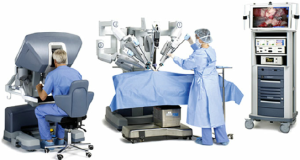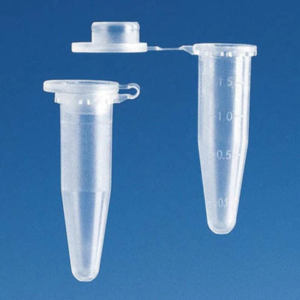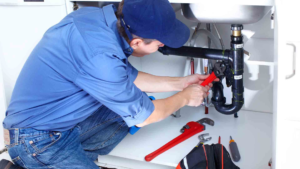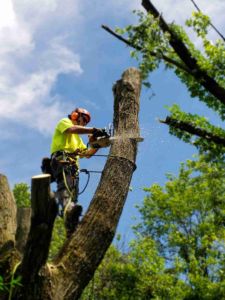Siding projects improve the overall appearance of your home, making it more attractive to potential buyers. In addition to aesthetic value, professionally installed siding protects your property from moisture and pest infestation.
Local Siding Contractors Boston MA build relationships with suppliers and can get you better prices on materials, saving you money. They also know your area and building codes and permit requirements.

Weather-Resistant
A home’s exterior is the first impression that potential buyers make. Fresh, well-maintained siding reflects pride of ownership and helps them make an informed decision about your property. In addition, the energy and maintenance cost savings of weather-resistant siding are major selling points that can boost your home’s value.
When selecting a siding contractor, be sure to choose one who has experience with the material you prefer. Ask about their work history and see examples of their previous projects. Also, make sure they have proper licensing, insurance, and certifications. This protects you in case of damage or accidents during the project.
Siding contractors should thoroughly clean up the work site during and after the project. They should remove all outdoor furniture, potted plants, and other items that could get in the way of their work. They should also trim landscaping and remove any overgrown trees that might obstruct the work area. Finally, they should use a magnet to check the lawn for metal scraps and nails.
Choosing professional siding installation services is an investment that pays off in the long run. Local professionals are more likely to be up-to-date on regional building codes and permit requirements, preventing costly mistakes that might require future repairs. In addition, they’re likely to have established relationships with local suppliers that can translate into discounts and savings on materials.
Energy-Efficient
A fresh home exterior not only boosts curb appeal; it also protects the integrity of your property and increases its value at resale. Professional siding contractors use high-quality materials and follow proper installation methods that ensure long-term performance. Their knowledge of local climate conditions and aesthetic preferences helps them align your choice of cladding with your architecture. They can also provide you with valuable maintenance tips to extend the lifespan of your new siding.
Flawless installation ensures that your cladding is secure and airtight, maximizing energy efficiency. A fresh install helps you lower your heating and cooling bills, saving you money year-round. It also minimizes drafts by sealing leaks and gaps that may be caused by old or improperly installed cladding.
Contractors offer a wide range of durable and affordable siding options, from vinyl to classic clapboard and bold fiber cement. These materials come in various styles, sizes, and colors to complement any home design and fit your personal style preference. They can even be paired with other outdoor enhancements, such as roof repair and outdoor living spaces, to maximize your investment.
A fresh home exterior shows prospective buyers that you take pride in your home, boosting its value. It also demonstrates your ability to maintain it, making it a strong selling point when you’re ready to sell.
Easy to Maintain
Like any other part of your home, your siding requires maintenance to preserve its appearance and protect the integrity of your home. Siding contractors offer valuable tips and advice on how to do so, empowering homeowners to keep their homes looking new for years to come. From recommended cleaning methods to spotting early signs of wear, their guidance is an invaluable resource.
Local contractors are familiar with regional weather conditions, building codes, and aesthetic preferences, contributing to a seamless project experience. They can also recommend the right materials for your home, based on your needs and budget.
In addition to addressing any structural damage, siding installers repair existing gaps and infiltration to ensure a solid foundation for your new siding. They can also replace sections of plywood or OSB sheathing and add a house wrap and insulation to increase energy efficiency.
When hiring a siding contractor, look for one with a strong reputation and extensive experience. Check for certifications, warranties, and references to gauge their expertise. A well-respected contractor will take care to protect your property and family during the installation process, offering a thorough clean-up, prompt responses to questions, and a respectful work environment.
A professional siding installation will enhance your home’s protection, curb appeal, and value. This investment will pay off through reduced maintenance costs and improved energy efficiency, resulting in long-term financial savings.
Adds Value
A professional siding contractor can help you get the most out of your home and increase its value with coordinated improvements that include everything from composite stone to energy-efficient options. Their expert installation reduces the need for repairs and maintenance, saving homeowners in both materials and labor costs. They can also provide tips and advice on maintaining your new siding, extending its lifespan, and improving its appearance.
Choosing the right contractors is essential for successful and stress-free remodeling. The best way to do this is by evaluating their experience, reputation, certifications, and warranty protection. In addition, local contractors are more likely to be familiar with local building codes and permits, ensuring compliance and avoiding costly fines. They are also more readily available to address any concerns and problems that may arise, adding value to the overall experience.
Professional siding installers understand that your home is your most valuable asset, and they strive to make the remodeling process as seamless as possible. Using the latest tools and techniques, they complete projects in less time than DIY homeowners. In addition, they can often secure bulk material discounts and pass these savings on to their clients. They can even help you save on your energy bills with proper insulation that significantly improves your home’s efficiency. These cost-saving benefits make hiring a professional a smart investment that pays dividends for years to come.








